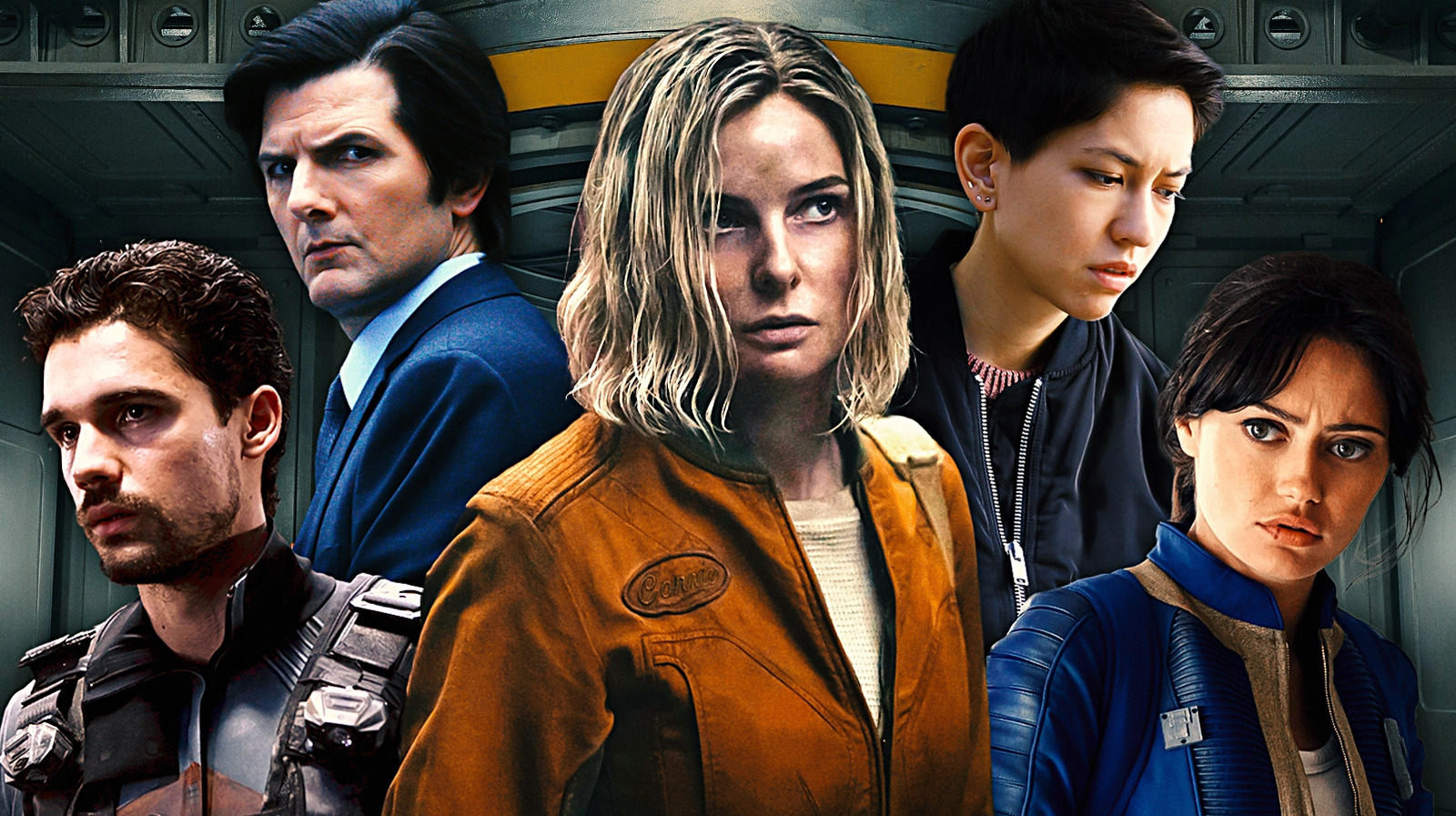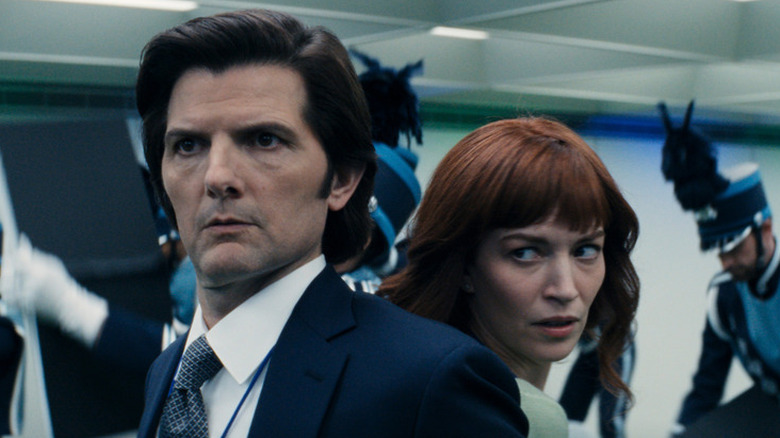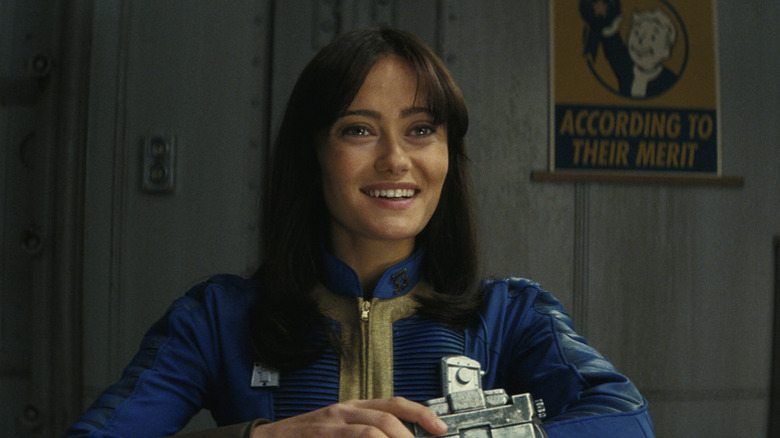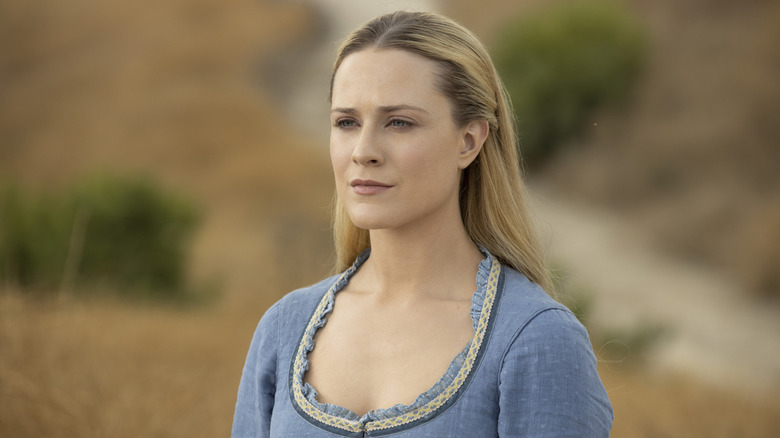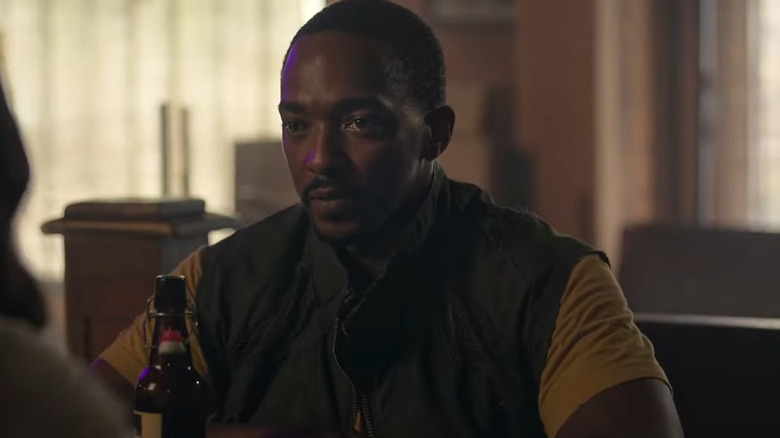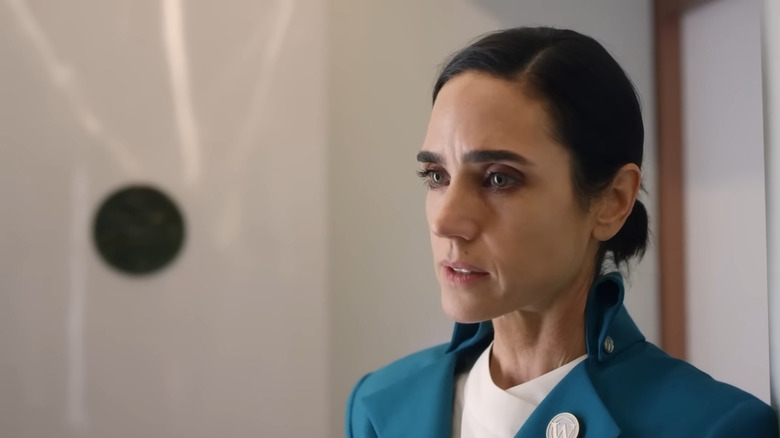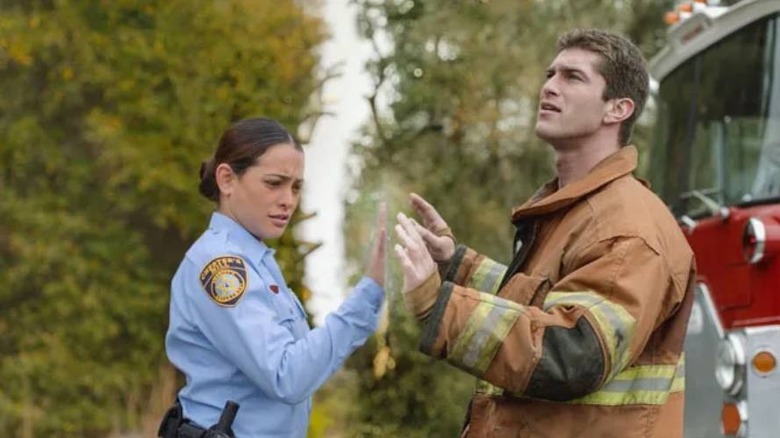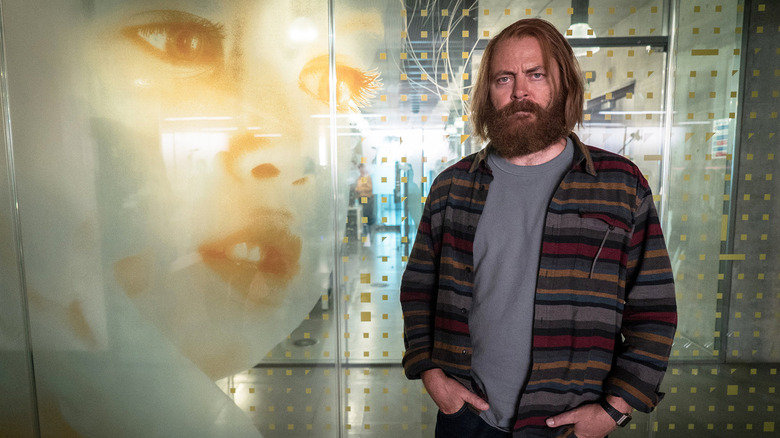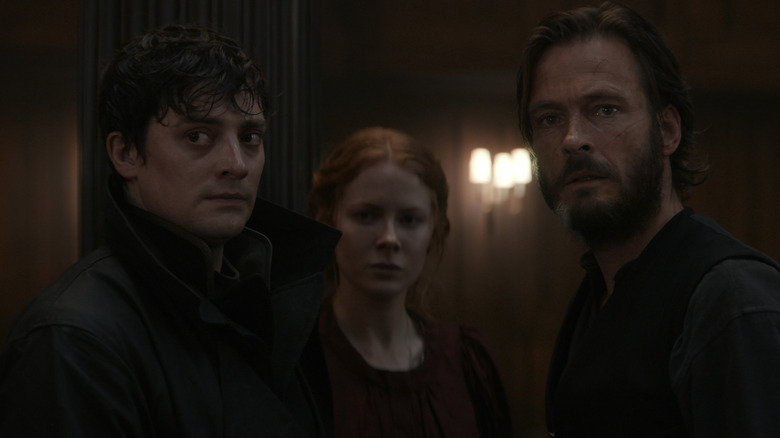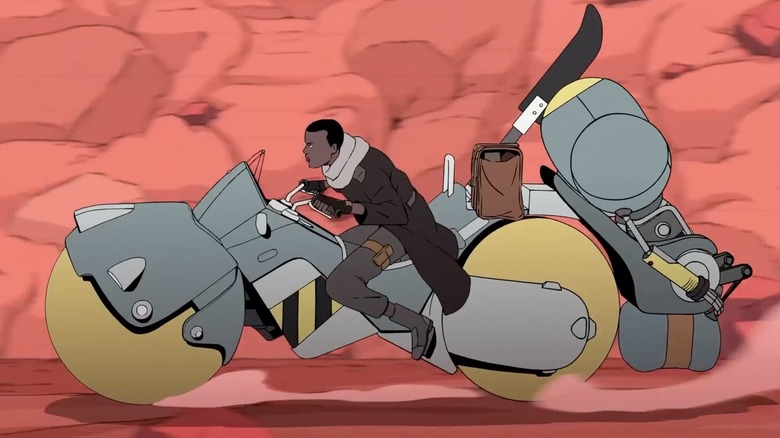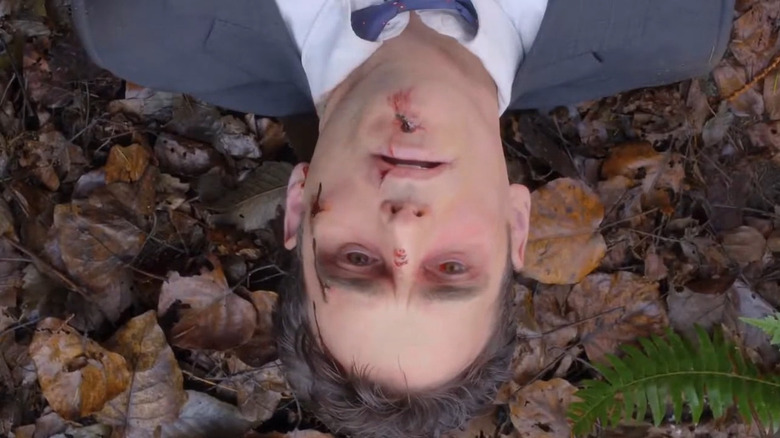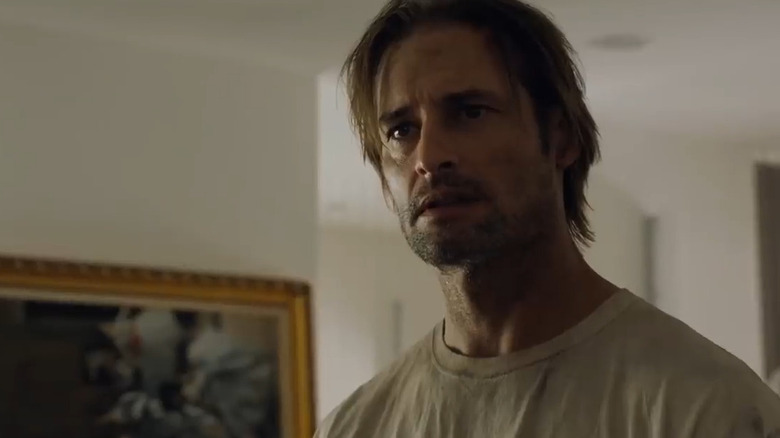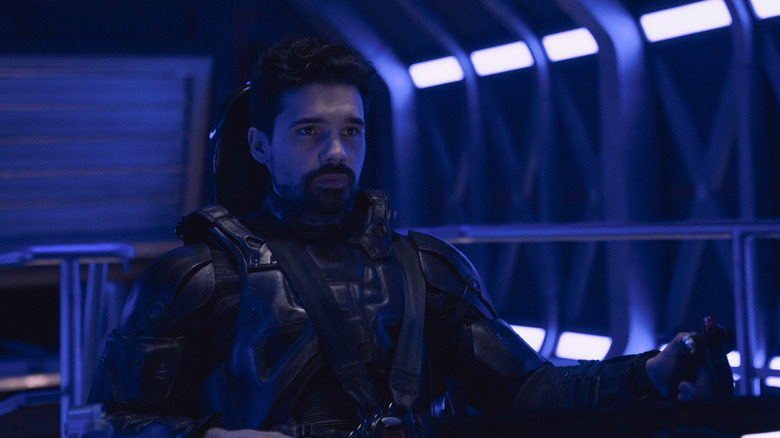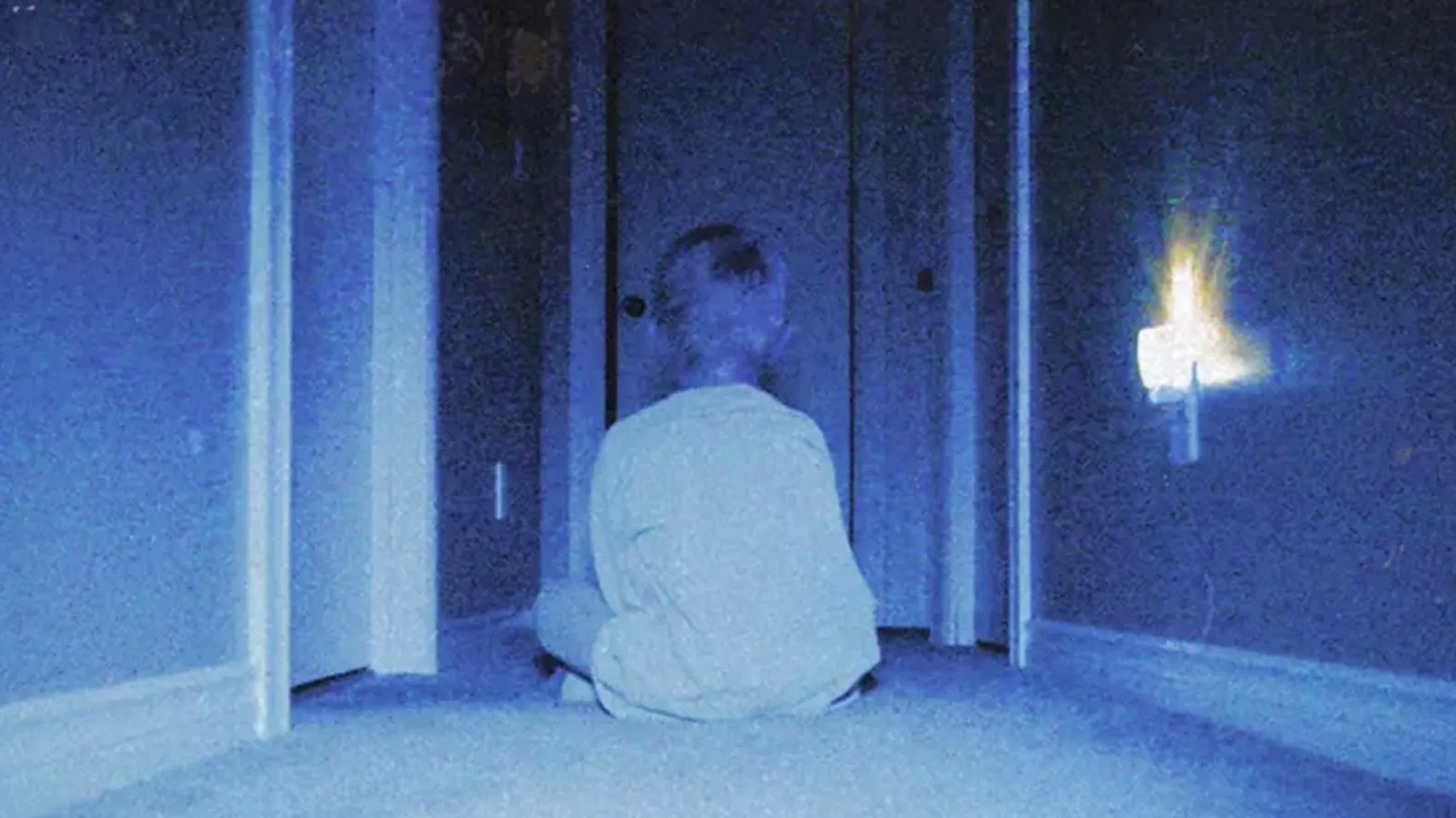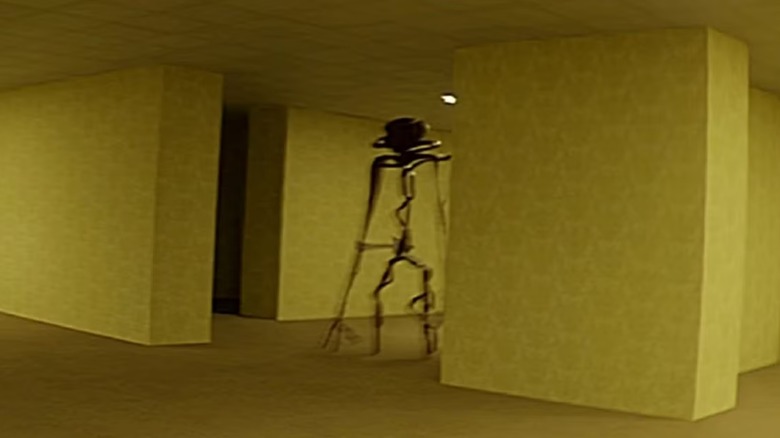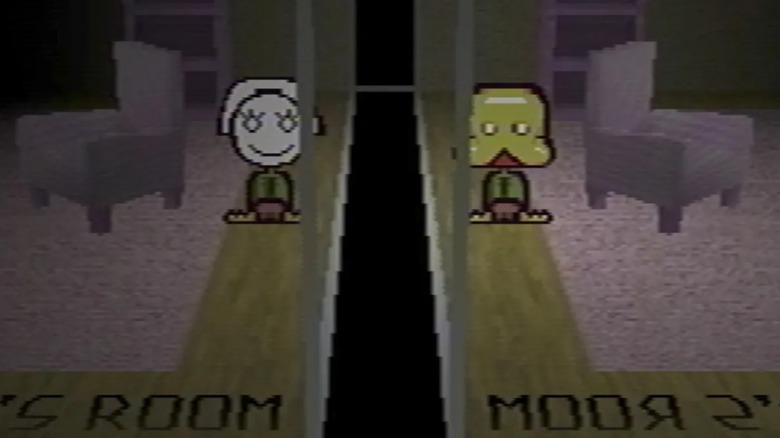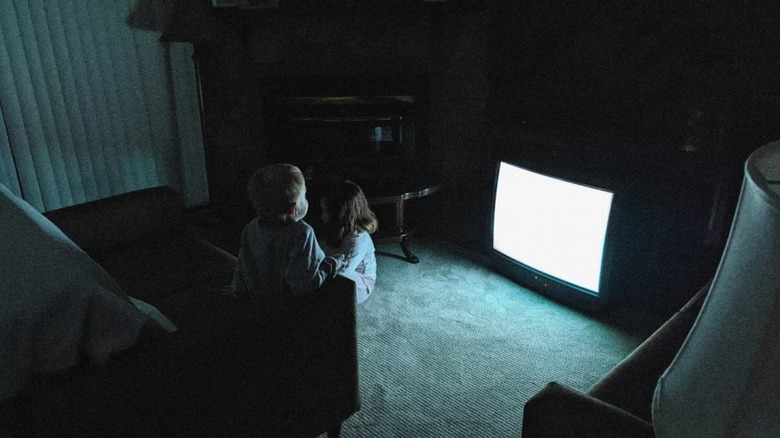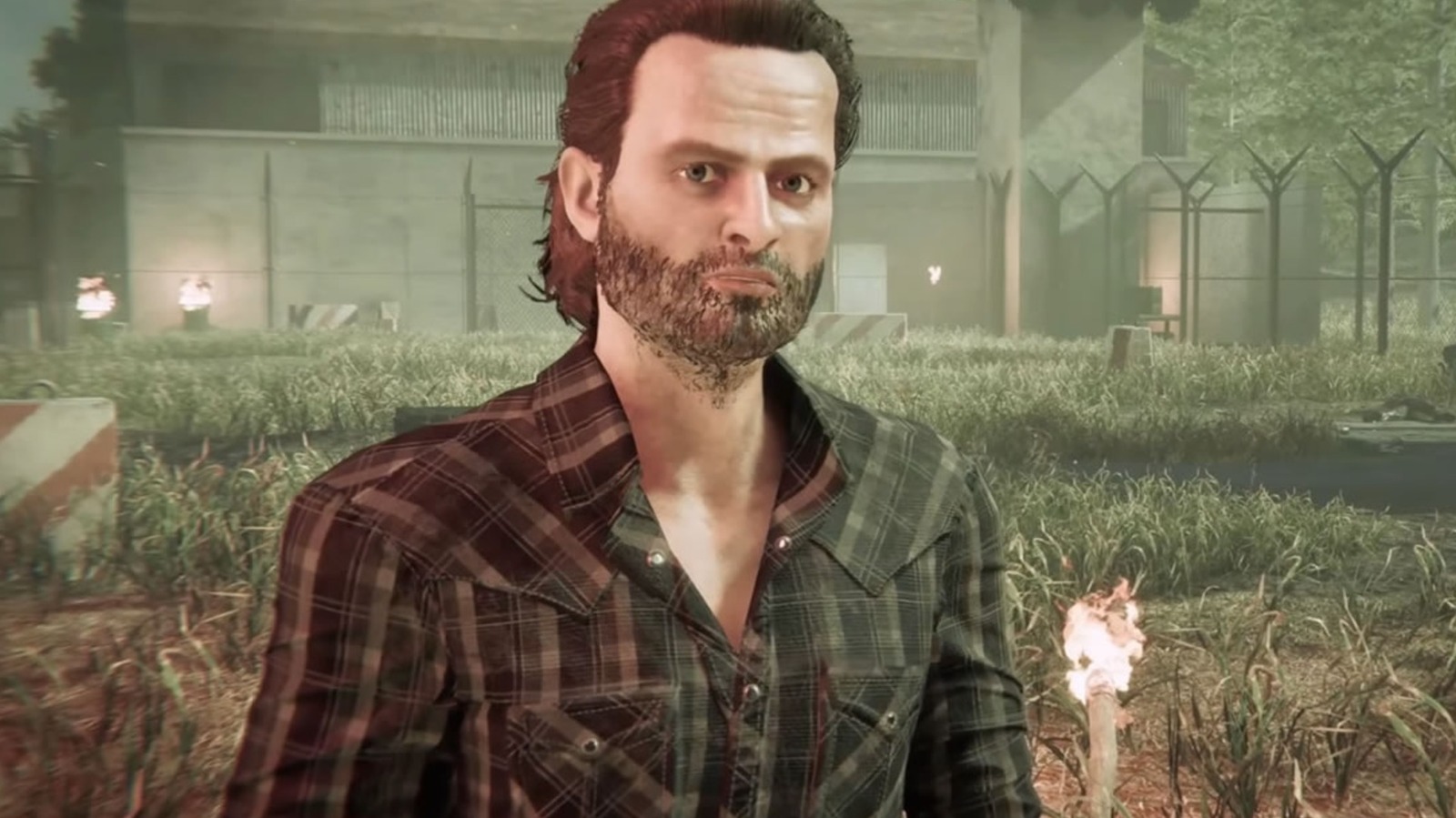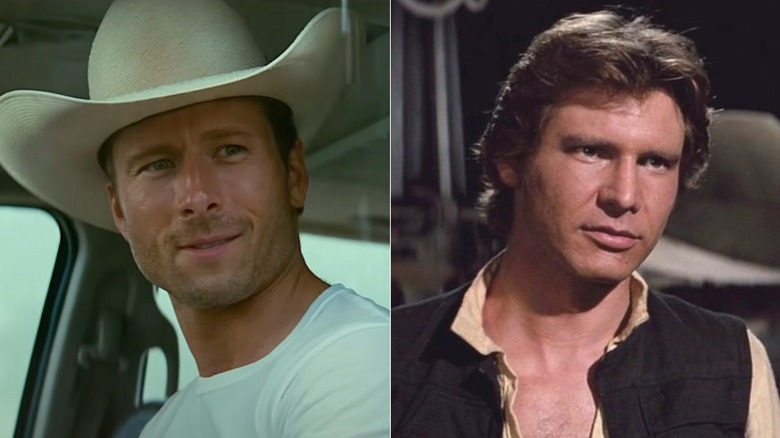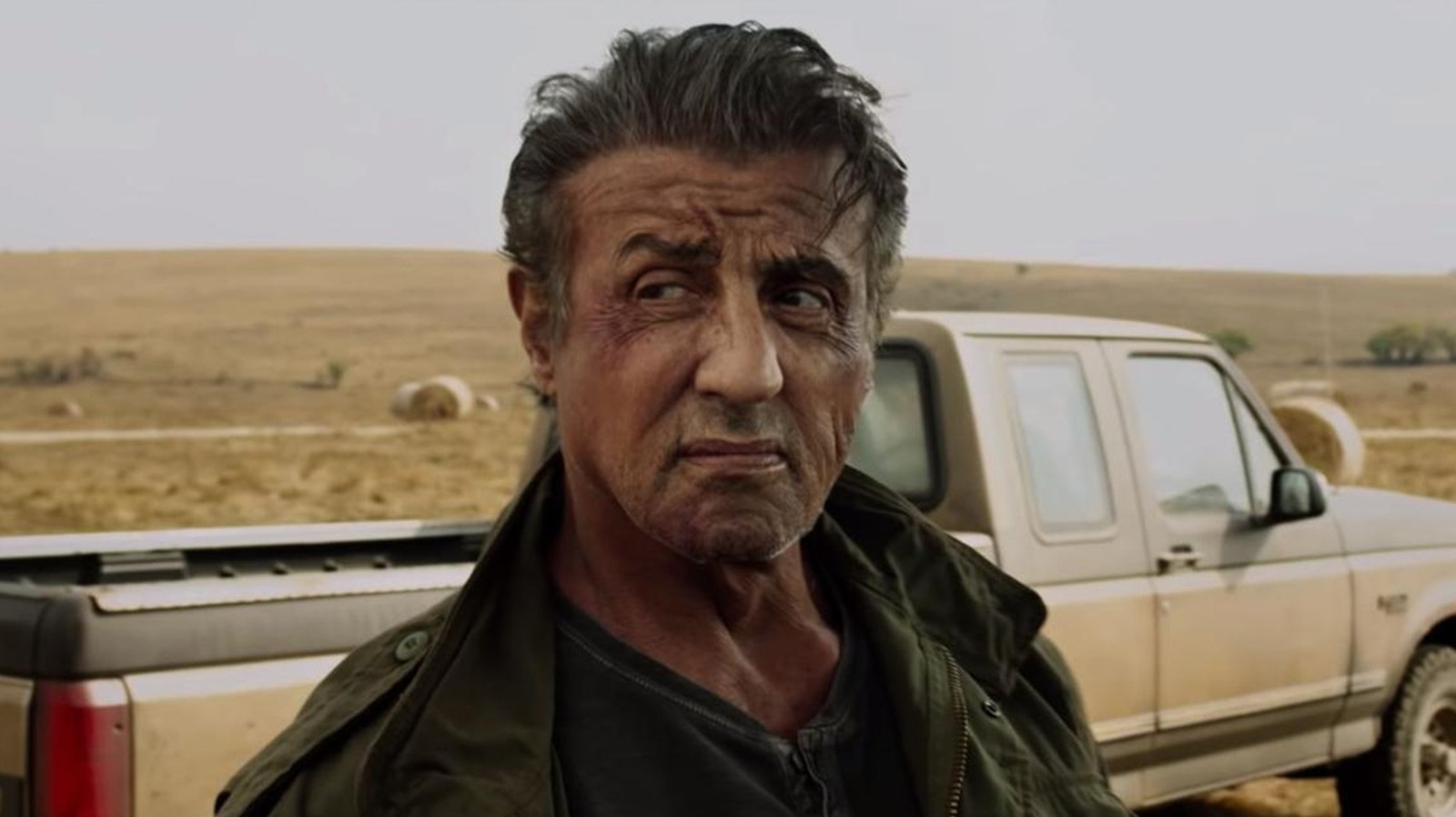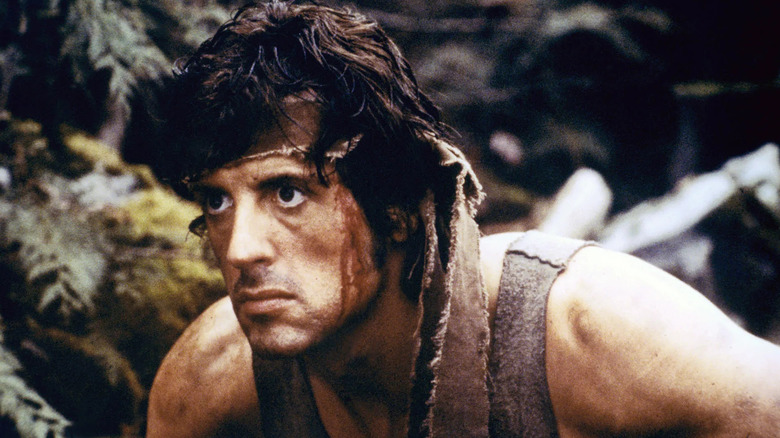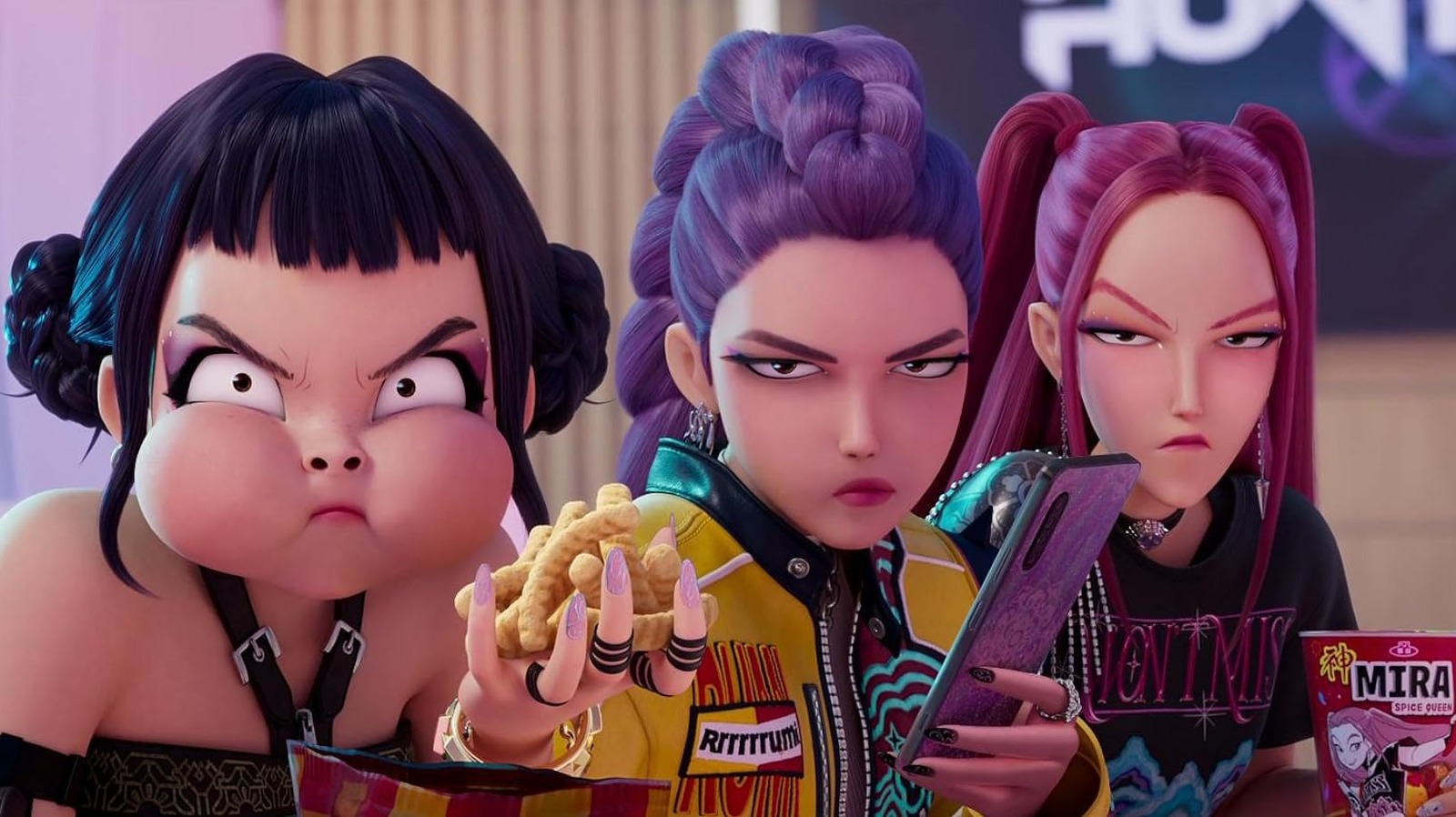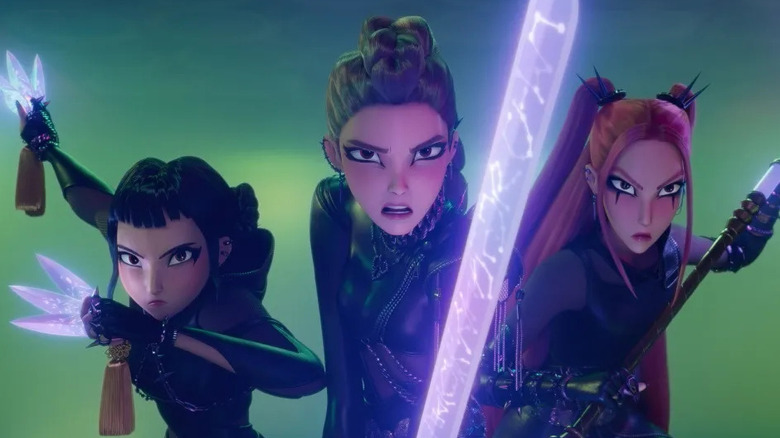This choice-based Walking Dead adaptation was dead on arrival
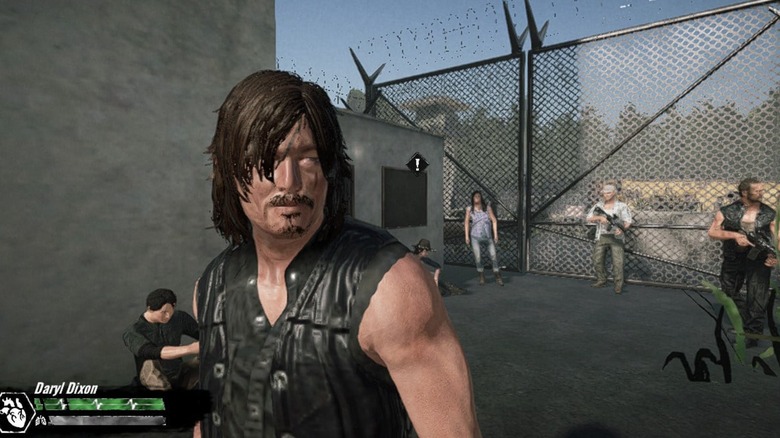
GameMill Entertainment
When “TWD: Destinies” was first announced, GameMill promised that you could “weave your own path through series’ events,” and trigger outcomes that were vastly different from what transpires in the show. The idea was to kick off the tale in Rick Grimes’ shoes, and gradually branch to other characters after unlocking their respective skill trees, which come with their own combat style. While some characters use melee weapons like spiked bats or katanas, others use ranged ones, like shotguns or crossbows. This is pretty standard stuff if you’re familiar with combat-heavy role-playing games, but “TWD: Destinies” insisted that its core appeal lay in its nuanced storytelling — one that would offer meaningful closure for its wide and passionate audience base. Well … as it turns out, this bold claim was a lie.
Can you make choices that lead to different outcomes? Yes, you can, but these choices are structured without thought or consideration, cobbled together in the most unrewarding way possible. For instance, the AMC show sets up an argument between T-Dog (IronE Singleton) and Merle Dixon (Michael Rooker) on top of a building in Atlanta, which Rick ultimately de-escalates by restraining Merle. “TWD: Destinies” recreates this scene while offering us a choice: You can either do what Rick does canonically (handcuff Merle to a pipe) or you can make Merle handcuff T-Dog to a pipe to swap their roles. This swapping serves little to no purpose, as the outcome is still the same, except for a slightly tweaked animated cutscene where T-Dog seems agitated as heck.
Some of the more complex choices in the game are also jarring. You can kill off longstanding characters pretty early on, or completely eliminate Rick from foundational arcs, but these deviations aren’t fleshed out well enough to evoke awe or morbid curiosity. Combine this with a repetitive gameplay mechanic of moving from point A to B while killing Walkers, and you have a video game adaptation that disrespects a beloved franchise by fundamentally misunderstanding its source material.
For better or worse, Destinies isn’t the worst Walking Dead game to exist
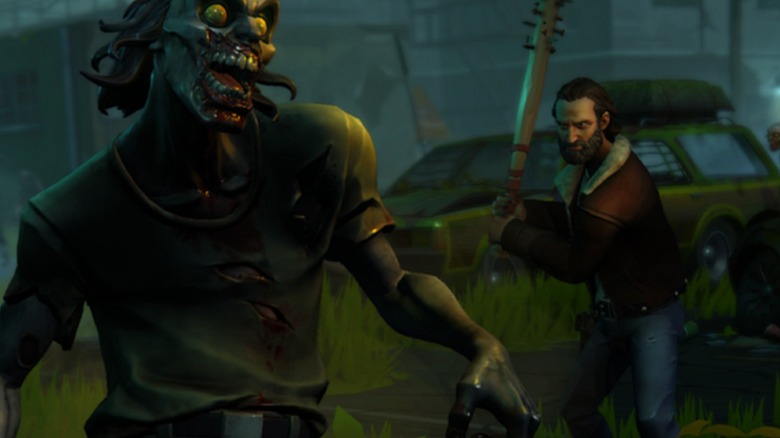
Gala Games
The glaring flaws of “TWD: Destinies” (which is a barely functional role-playing adventure in my book) feel more pronounced when we look at franchise adaptations that are sincere labors of love. One look at Telltale Games’ “The Walking Dead” episodic adventure will make this gap amply clear, as this 2011 game innately understands that well-written characters shine bright in a world brimming with visceral horrors. This episodic adaptation does not even include Rick Grimes, and it is better for it; instead, it lovingly creates two new characters from scratch and incorporates their hopes and dreams into a riveting story worth telling.
Cash grabs aren’t usually backed by the strongest sense of artistic integrity, but there’s always an attempt — no matter how feeble — to repackage its greed-fueled impulses as artistic selling points. Regrettably, there exists a 2021 “Walking Game” adaptation that doesn’t even pretend to do that. This makes it arguably worse than “Destinies,” as its very existence is antithetical to the ethos of Robert Kirkman’s comic book series (which the AMC show is based on). I’m talking about the multiplayer survival horror “The Walking Dead: Empires,” which is a blockchain-powered MMO that sells in-game gear packs/assets as NFTs.
Yep, we’ve reached bottom-of-the-barrel levels of scam-based grifting, where a moving, humane story about survival has been bastardized into the embarrassment that “TWD: Empires” is. There’s not much to say about its core gameplay, which mimics a basic survive-scavenge-kill mechanic to sell unfathomably overpriced gear to its playerbase. While “Destinies” suffers from every flaw that a poorly-told role-playing game can exhibit, there is some artistic merit to its existence, especially if we’re to consider the actors who reprised their roles by voicing their characters’ game counterparts.
When in doubt, you can always revisit Telltale Games’ “The Walking Dead,” the Kirkman-approved survival story where your choices truly matter.

by admin | Jul 5, 2025 | TV & Beyond Articles
starring in “The Running Man,” a film adaptation of Stephen King’s amazing 1982 novel of the same name.
Before Powell could rise to such heights, he had to deal with countless rejections. One rejection that particularly stung came around 2016, when Disney and Lucasfilm were looking for actors to play a young Han Solo in the film “Solo: A Star Wars Story.” Competing against other prospective “Solo” stars like Ansel Elgort, Miles Teller, and Dave Franco, Powell was devastated when he dropped the ball at the last moment and the role went to Alden Ehrenreich instead.
“I can joke about it now, [but] I blew that final audition,” he told GQ UK in a 2024 profile. He added, “It’s haunting when you blow those moments.”
While everyone deals with rejection throughout their careers, rejection in Hollywood has a unique sting. A single role can change an actor’s whole life. And when you lose out on a role you really wanted, you might be reminded of the loss on billboards and magazine covers for weeks, even months on end. Powell’s method of avoiding envy has been to try to keep a Zen attitude about the whole situation. As he put it, “That was always somebody else’s ride to go on. … It was never yours to go on. If you put your time in, you’ll get your ride.”
